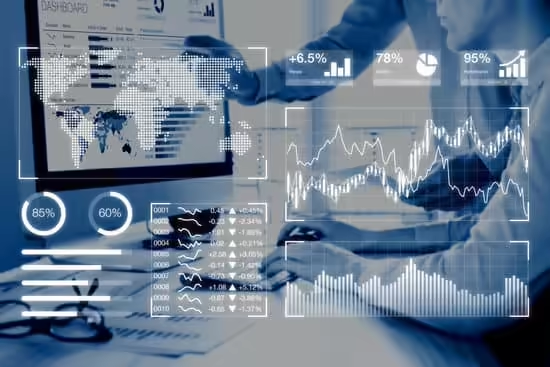According to research by Corporate Research Forum, 69% of organisations with 10,000 employees or more now have a people analytics team. The key role of a people analytics team is to provide the organisation with insights that allow them to make better business decisions, thus improving business performance, while simultaneously improving the employee experience and well-being.
Below are some of the areas in which people analytics play a critical role in human resources. This is precisely the case because of the business value generated through people analytics. Every analytics project must start with defining what business problem it will address.
Sick Leave – Using demographic variables it is possible to build a model that will predict which employees will take more sick leave or likely to fake sick leave and what average days per year before you hire the employees. Predictions of this nature can be done on your current employees as well.
Hiring the Right People -
With people analytics, you can predict with a high degree of accuracy which employees will perform well if hired. This way, you save the business lots of money by avoiding wrong hires. Each analysis will give you the probability of each potential candidate excelling in the target role.Turnover Prediction – Major predictors of staff turnover are demographic variables. You already have enough data within your organisation to run a turnover prediction model. With this data, you can predict which employee is likely to leave your organisation and when.
Absenteeism – Here again using demographic data in your system you will be able to predict which employees are likely to be absent from work and how frequently. This type of prediction together with turnover prediction can be done before the employees even join your organisation (at recruitment level).
Sales Performance – In another study, we did in the FMCG we developed a prediction model that was able to identify which factors drive sales. We observed that the presence of merchandisers in shops has much more impact on sales than the number of sales representatives. Using similar prediction models we were able to predict which employees will sell more and by how much before hiring them. With this analysis, the business will generate a lot of value from such a prediction model.
With all the above predictions I strongly believe people analytics is the future of Human Resources. Any organisation that is not harnessing people analytics in this current economic environment and not building this capacity will lose out.
Taurai Masunda is a Business Analytics Consultant at Industrial Psychology Consultants (Pvt) Ltd a management and human resources consulting firm. https://www.linkedin.com/in/taurai-masunda-b3726110b/ Phone +263 4 481946-48/481950/2900276/2900966 or cell number +263 779 320 189 or email: taurai@ipcconsultants.com or visit our website at www.ipcconsultants.com

